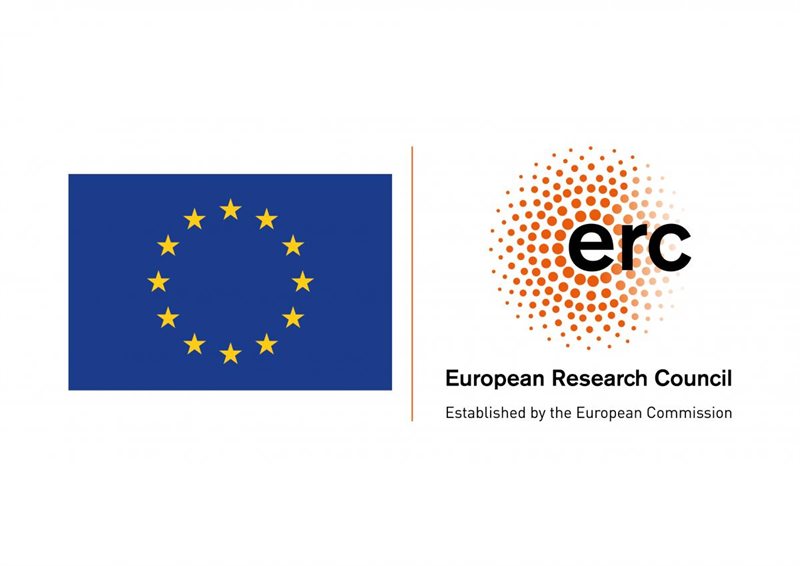This research project, funded by a £1.75m European Research Council (ERC) consolidator grant between 2018–24, undertook groundbreaking research into collections of commentaries on early New Testament texts.

It investigated ‘catenae’, collections of commentaries that were written alongside New Testament texts written in Greek. These collections were first compiled in the fifth or sixth century and they contain some of the most significant reflections on these texts.
The project will have a direct impact on editions of the Greek New Testament, providing a new understanding of its textual transmission and reception, and will lead to broader insights into their history and culture.
Until the invention of printing, catenae were the main way people encountered both the text and interpretation of the Greek New Testament. The number of known copies increased by 20% after a survey undertaken at the University's Institute of Textual Scholarship and Electronic Editing (ITSEE) in 2016 uncovered an extra 100, and just three months into the project, the CATENA project identified a further 50 manuscripts.
Recent research has shown that this type of witness is more important than previously thought in the transmission of the New Testament, with the biblical text of catena manuscripts occupying significant positions in the textual flow of the Greek New Testament and in some cases in the first rank of witnesses descended from the Initial Text.
The project team used digital tools to undertake the most thorough analysis of the manuscripts ever carried out. It produced the first ever catalogue of Catena Manuscripts of the Greek New Testament, with a digital counterpart, and identified twenty-three new types of catena. Detailed studies of the catenae on the Gospels, the Acts of the Apostles and the Epistle to the Romans provided new insights into the text and development of these traditions.
